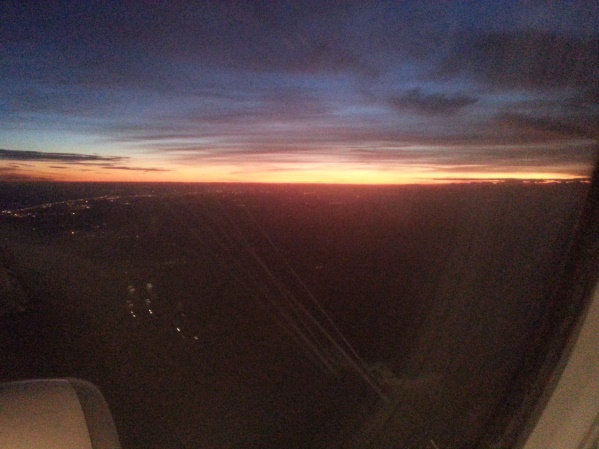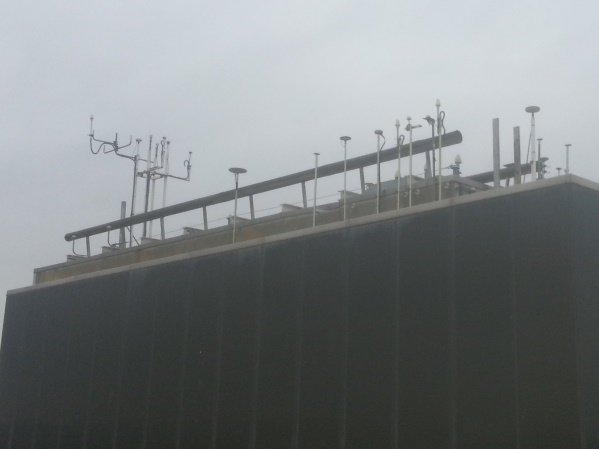11.01.2016: First of all I wish everyone a Happy New Year, with lot’s of safe and enjoyable flying. Today I started the new “flying” season by grounding my plane to tear down all rubber hoses from the engine compartment, as their replacement is due.
Stripping all hoses was first of all messier than I thought, as they always contain some residual liquid (oil, fuel or coolant) which drips out of the hoses once you remove them one by one. It also took more time, as the hoses tend to resist removal from the respective nipples, meaning many need to be cut open for removal.
Below a before / after view of the engine:


Once this was done I made a list of each section of fuel, oil and water hose I need so that I can start ordering the material.


Finally I also took a picture of the specially formed sections of hose, which can be ordered from Rotax. There are only two, one from the water reservoir on top of the engine to on of the cylinders and the other one to connect the aluminum water tube to the radiator.

I also checked for new Service Bulletins on the website of CSA and found SB-CR-032, which requires a reinforcements of the nose landing gear attachment to the firewall. I considered implementing it now that all hoses, airbox etc. are removed and the firewall is easily accessible, but it is only mandatory for planes having the newest edition of the nose landing gear. I’m planning a dye check for cracks on my nose landing gear next weekend, depending on the outcome I might also have to consider changing the nose landing gear.
When I was nearly finished I heard a strong rumbling noise overhead the airport, and when checking outside I saw an Antonov 124 heading for Runway 28 of Zurich airport, They took an unusual approach path, clearly flying a staight in VFR approach, as all planes flying ILS approaches are heading south over Lommis before turning onto the glidepath.

They also already had the gear extended, unusual at that distance. But landing an Antonov 124 is probably a major undertaking.

13.01.2016: Today I flew to Madrid for an H2020 research project, of which I’m the technical coordinator. We are investigating the use of satellite positioning for safety critical railway applications, and for that we had a meeting with ESSP, the company which runs the EGNOS system. That system increases the accuracy of GPS for GNSS approaches in aviation, and also forms a safety layer as it monitors GPS integrity.

ESSP not only runs a network of GPS monitoring stations across Europe and North Africa, but also does extensive monitoring of GNSS receivers performance. The result is a roof full of GPS antennas, as seen below.

17.01.2016: I did the dye check for cracks on the nose landing gear if my SportCruiser today. That’s fairly easy to do. First a crack penetrating liquid has to be sprayed onto the surface to be tested, then after 20 minutes the part is washed with water, followed by spraying on a developer. Cracks will then show as red lines.
The test revealed nothing, so my nose landing gear seems to be fine. I’m not too surprised, as mine was done by CZAW before Czech Sport Aircraft changed the supplier, and my plane is also only flown by me.